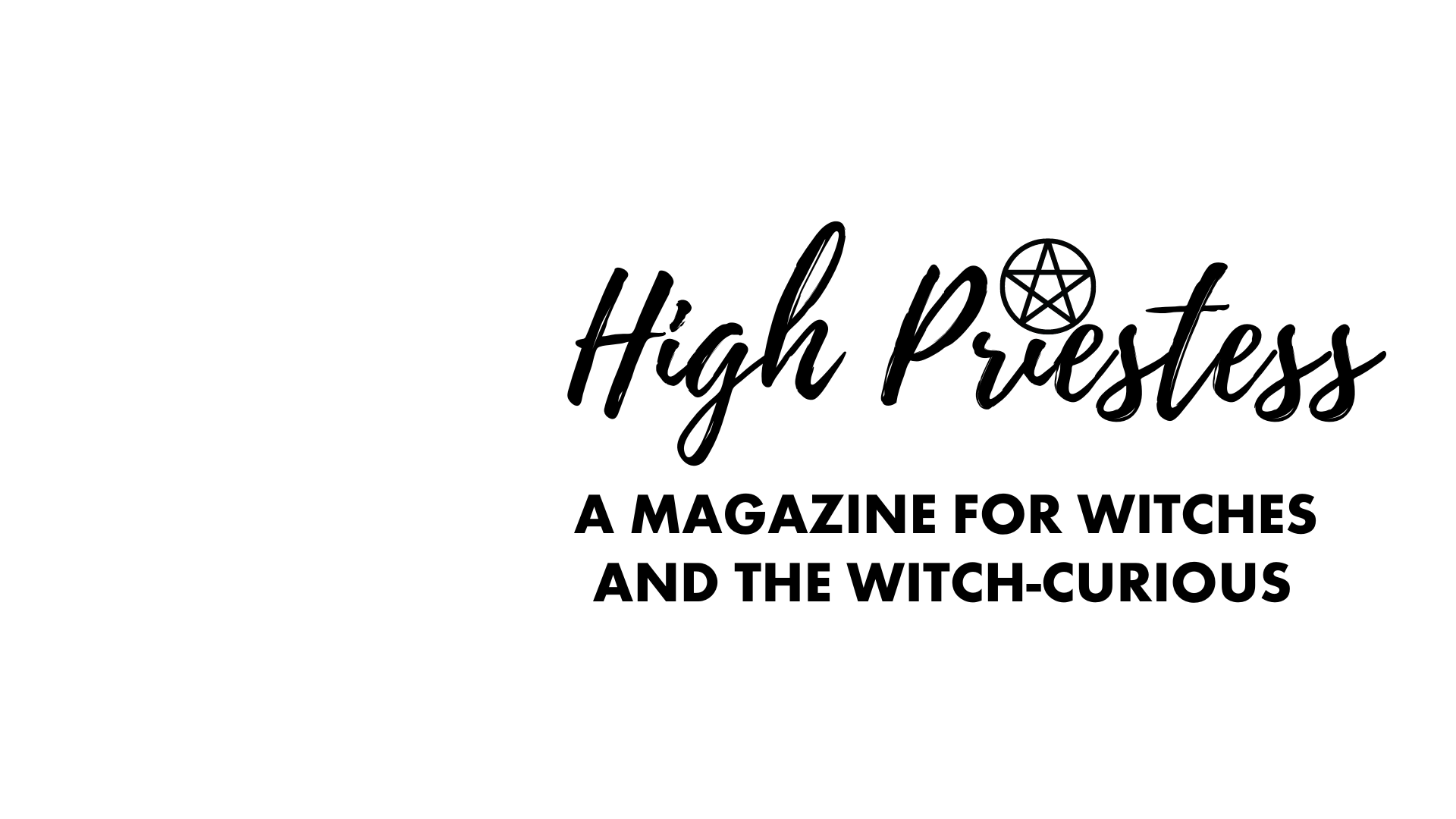Spotlight on: The Morrigan
The Morrigan is from the Irish pantheon. A fearsome goddess, she’s associated with battle, death, fertility, and sovereignty. She’s a shapeshifter, who can transform into the Crone, or a crow or raven (these birds symbolised death and war to the ancient Celts).
Who is the Morrigan?
The origins of the Morrigan aren’t really clear, given the Celts handed down traditions and stories through word of mouth. But various sources do offer some accounts of her birth and lineage. Some claim she’s one of the Tuatha De Danann (a divine race of Irish gods and goddesses who were eventually defeated by the Milesians and retreated to the Otherworld). Others say the Morrigan is the daughter of the earth goddess, Ernmas. As her mythology was diluted by the Roman Empire’s presence across Britain, it’s said she became the inspiration for the fae witch, Morgana Le Fay. However, the Roman Empire never reached Ireland and even today, the Morrigan remains beloved as an Irish Celtic battle goddess.

The Morrigan embodies the full range of existence – the life-giving and death-dealing aspects which meant so much to the Irish Celts. As a protector of the land and its people, she was a fierce warrior goddess who guided and protected those in battle. In most ancient cultures, an army had two halves – the frontline and the camp. The Morrigan’s protection covered warriors in the field, but it also extended to the camp. These were usually women who provided the army with shelter, food, water, and healing, both in the camp itself and actively out on the field.
The Morrigan’s Power
The Morrigan is a guardian of sacred sovereignty. In ancient Ireland, the notion of ‘sovereignty’ ensured the rightful kings and rulers maintained power and authority. In the modern day, this sovereignty relates more to the individual, and standing in one’s own power. She had the power to shapeshift into crows or the Crone, and could move between the mortal world and the Otherworld.
She holds great influence over fate and destiny. In modern witchcraft and paganism, the Morrigan is still widely worshipped as the Celtic goddess of transformation, death, and rebirth. Many witches and pagans see her as a symbol of personal empowerment and courage – you can certainly draw inspiration from her fierce and independent nature! The Morrigan is often invoked for protection, or banishment. She’s a goddess to work with on self-empowerment, as her influence typically brings surges of power and resilience. If you want to get something done, and fast? Ask the Morrigan for her help (just be prepared for how she’ll get you there!)

Working with the Morrigan
You can typically connect with her through meditation, trance work, or divination. Her symbol is three ravens, so keep an eye out for ravens or their symbolism, if you’re looking for her guidance. Many modern witches also offer her wine or whiskey, alongside a sacrifice in exchange for her guardianship. This could be literal, such as a fresh egg, or something more personal, like giving up something for the duration of your working. While the Morrigan is rightfully seen as a fierce and unyielding goddess, she does hold a mothering nature and demands better for you. She’s a protector of women especially.
She was invoked before battle or in times of great need. Prayers and songs were dedicated to her strength, and you can do the same today. A warrior can also seek her favour by showing courage and fearlessness in her name.
The Morrigan embodies the dualities of life and death, creation and destruction. Even today, her power endures as a divine protector and guardian, with strength, wisdom, and resilience.

Become a Celtic Witch in Magical Avalon
Feeling drawn to the power of Celtic witchcraft? Join us in October in the isle of Avalon – also known as Glastonbury, UK! Discover all the magic of the Celtic pagans, take part in private rituals to the goddesses of Avalon, immerse yourself in sites of deep energy such as Stonehenge and Tintagel castle, all under the guidance of real Celtic witches. This is a once-in-a-lifetime trip to connect with the innate and deep magic of Avalon.







